
History
Enjoy a free Mini Mersey Tunnel Tour this weekend to celebrate the Queensway Tunnel’s 90th anniversary
1 year ago
Queensway Tunnel is celebrating its 90th anniversary with a rare chance to tour the historic Liverpool landmark on a Mersey Tunnel Tour for free.
This weekend – Saturday and Sunday, July 20-21 – instead of driving through tunnel, you’ll be able to don your hard hat and experience an amazing behind-the-scenes look at this incredible feat of engineering.
Visitors will be able to walk under the road, take a look at the original control room, and discover all about the tunnel’s history during special mini-tours to mark the occasion.
And here’s 12 fun and fascinating facts just to get you started…
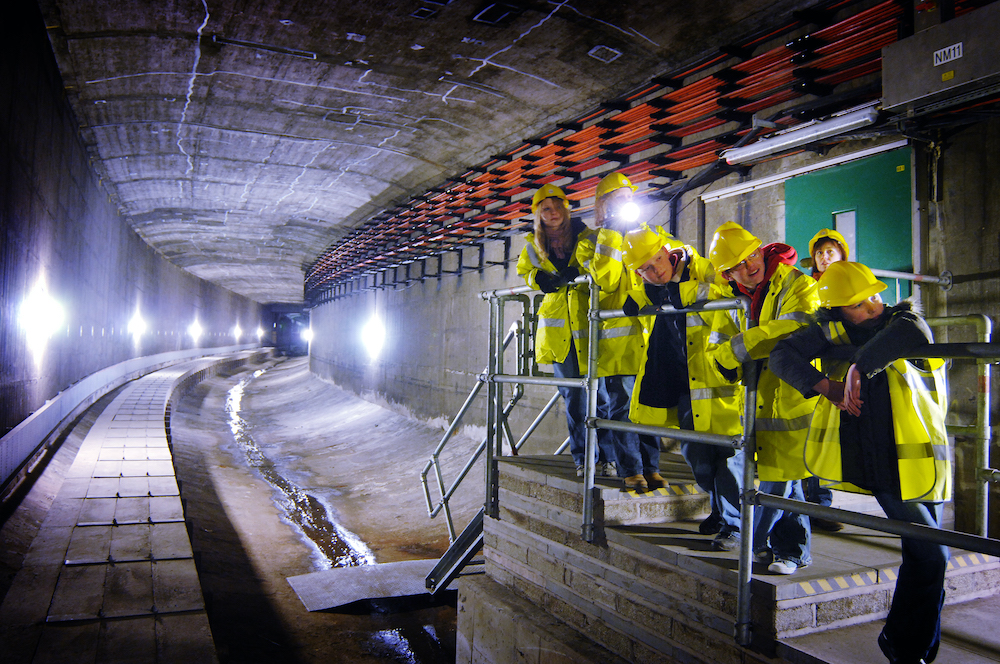
Queensway Tunnel was the first of the city’s two tunnels that run beneath the River Mersey and it was all built by hand!
The tunnel is better known locally as the Birkenhead Tunnel, or old tunnel, to mark it out from the newer Kingsway Tunnel and goes between Liverpool and Birkenhead.
More than 200,000 people attended the official opening ceremony on July 18, 1934, which was performed by His Majesty King George V.
Queensway Tunnel took nine years to build and when we say it was built by hand … a workforce of around 1,700 mainly local men excavated the tunnel using pickaxes and small explosives. (A total of 1.2 million tons of sandstone were removed).
People originally viewed the tunnel as the ‘eighth wonder of the world’ and came to holiday in and around Merseyside just so they could drive through it.
The tunnel is 2.13 miles long and at the time of it being built was the largest underwater road tunnel anywhere in the world – a title it held for 14 years before it was overtaken by the Vielha Tunnel in Catalonia, Spain. At its deepest point it’s a staggering 170ft below the high water level of the Mersey.
During World War II the ventilation stations were used to dry fire hoses and an underground passage in Georges Dock building was furnished as a dormitory to billet key workers.
Queensway Tunnel cost £8 million to build.
In 2004 work began on seven emergency refuges below the road deck of the Queensway Tunnel, each capable of holding 180 people, as part of a £9 million project to bring it into line with the highest European safety standards. Each refuge is 69ft (21 metres) long and has fire resistant doors, ramps for wheelchair access, a supply of bottled water, a toilet, and a video link to the Mersey Tunnels Police control room.
Lights, camera – action! In September 2009, a scene from Harry Potter and the Deathly Hallows – Part 1, set in the Dartford Crossing, was filmed in Queensway tunnel. Hagrid’s seen in his flying motorbike with the world’s most famous wizard in the sidecar. Fleeing Voldemort and his Death Eaters, they’re seen taking a detour through the Mersey tunnel narrowly missing the oncoming traffic.
In 2012 it was used for a chase scene in Fast & Furious 6 and, in March 2018, the tunnel was used for the filming of Yesterday, directed by Danny Boyle.
Cyclists can only go through the tunnel at night – and they get a police escort!
The Queensway Tunnel has made travelling from Liverpool city centre to the Wirral so much easier and its vital connection means millions of cars – along with other vehicles – drive through the tunnel every single year.





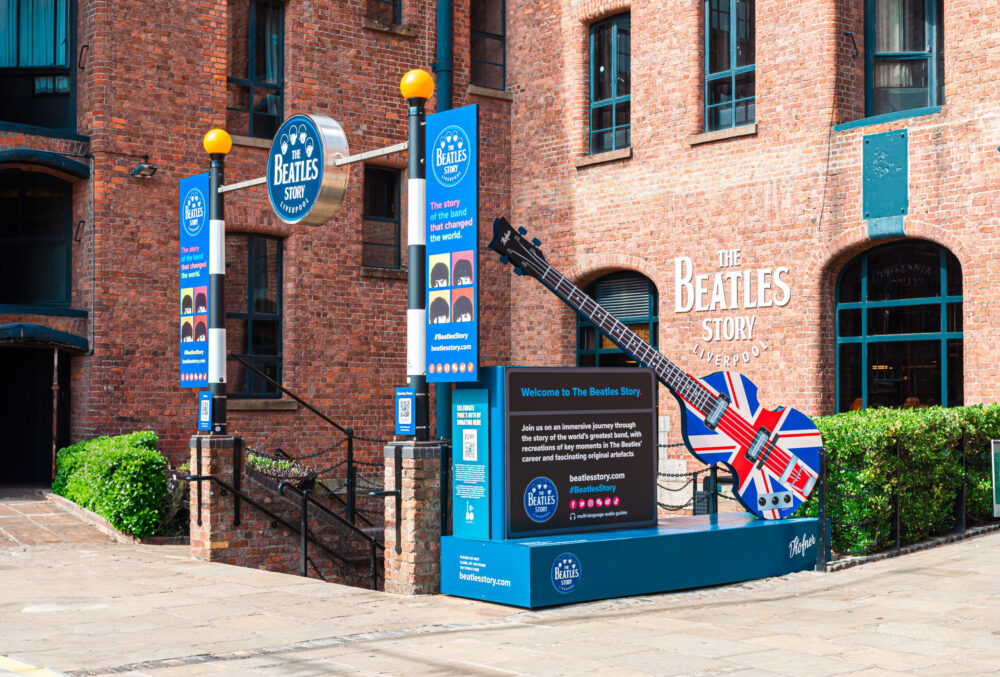
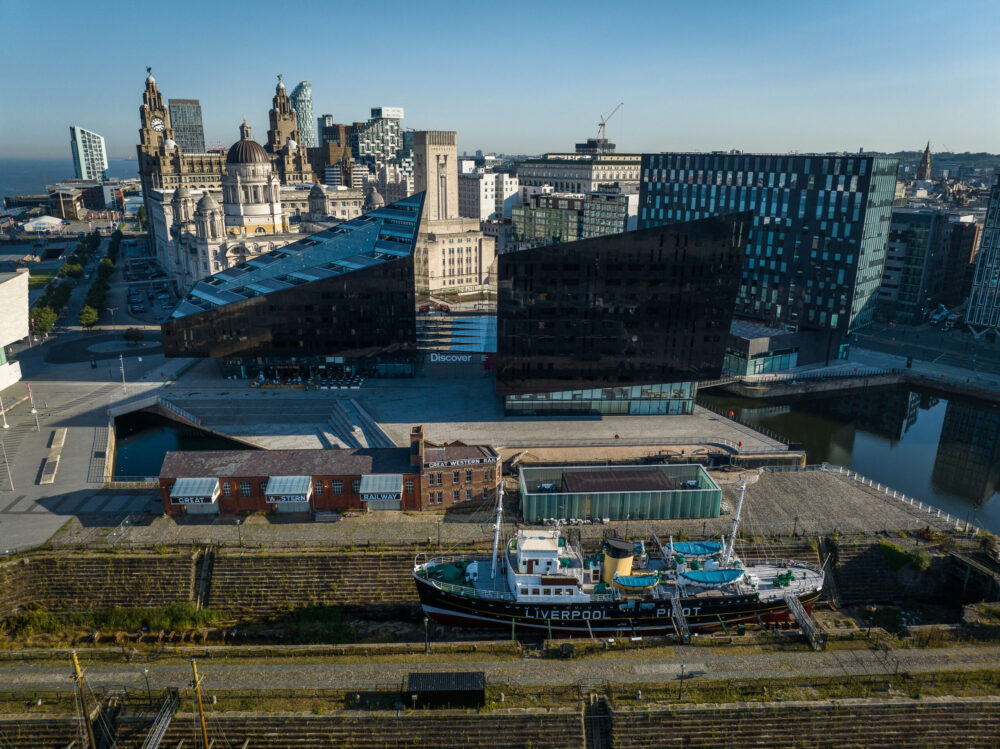
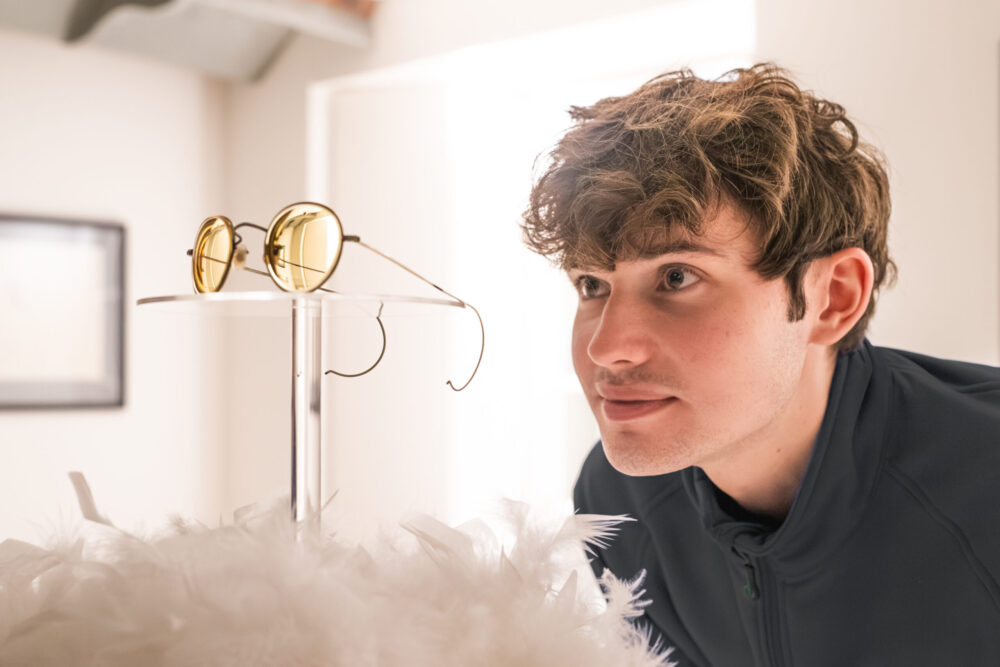
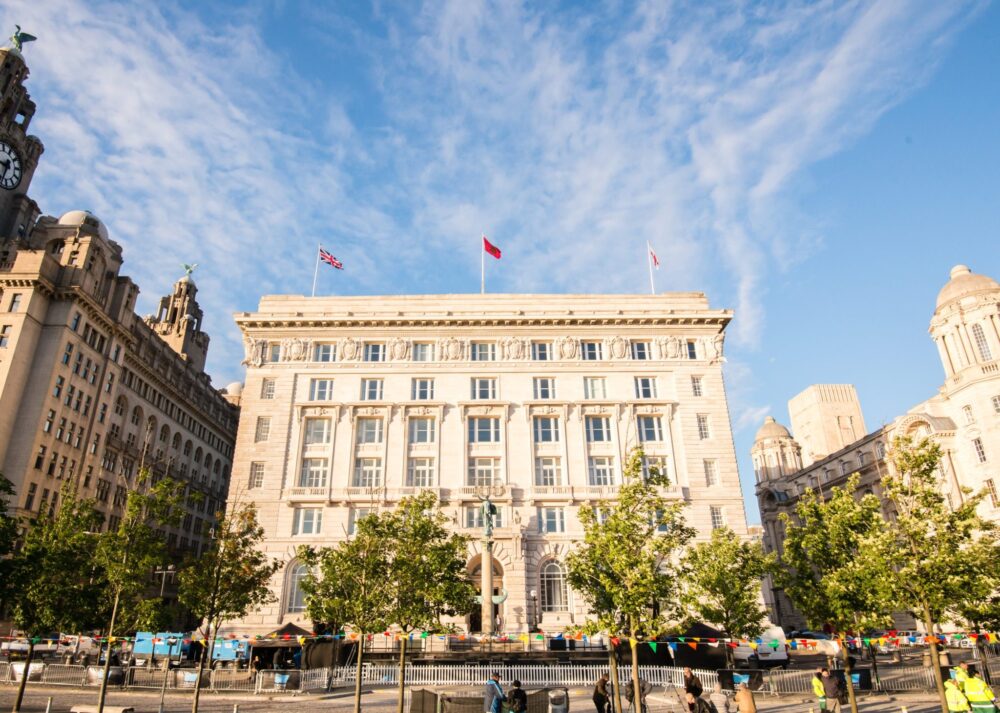
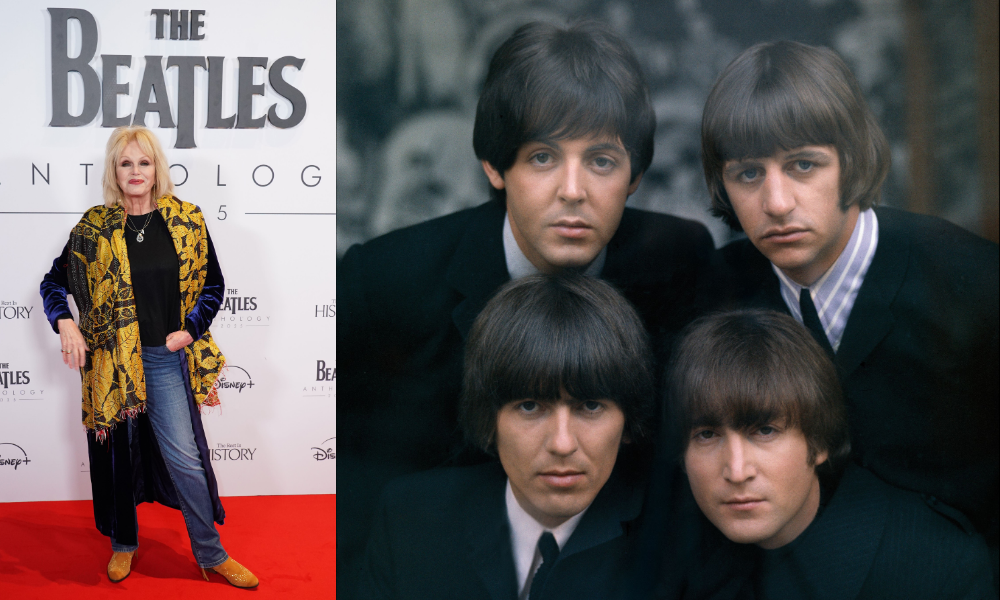
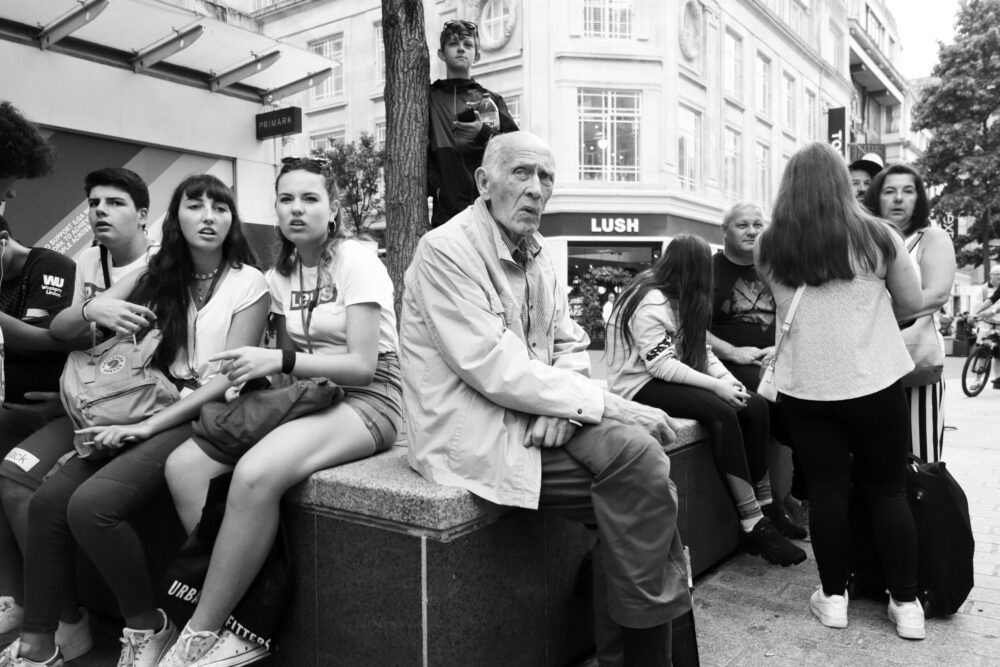
 Subscribe
Subscribe Follow Us
Follow Us Follow Us
Follow Us Follow Us
Follow Us Follow Us
Follow Us











